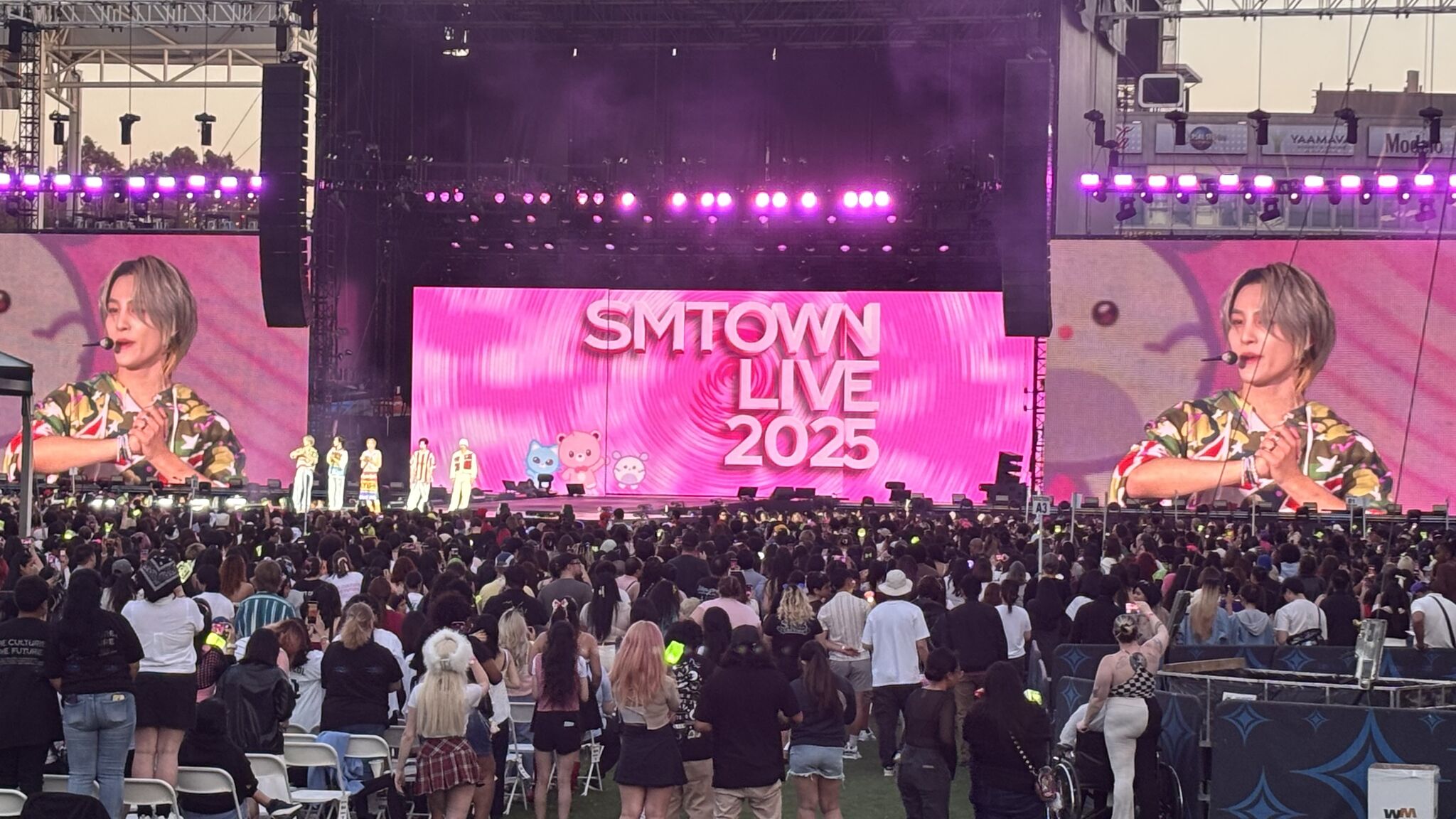By Chase Karng
How SM Entertainment’s 30-year narrative strategy is redefining global fandom culture
More than a multi-artist concert, SMTOWN represents a cultural narrative meticulously crafted by SM Entertainment. Spanning from TVXQ and Super Junior to SHINee, Red Velvet, NCT, aespa, RIIZE, and now Hearts2Hearts, SM has constructed a generational storyline that transcends individual artists, offering fans a profound sense of “community through time.”
The Science of Imagined Communities
Benedict Anderson’s seminal concept of “imagined communities” originally explained how nations create legitimacy among people who may never meet, yet believe they belong to the same collective. This framework now provides crucial insight into global pop culture phenomena, particularly K-pop’s unprecedented community-building success.
Under SM’s “30 Years and More” campaign, fans position themselves within an ongoing narrative that spans decades. Even without personal connections, audiences experience collective belonging when past and present idols share the stage under one unified brand. This transcends traditional music consumption, creating solidarity through carefully constructed storytelling.
Strategic Community Architecture
This community formation isn’t organic—it’s the result of deliberate corporate strategy. SM’s approach acknowledges that fandoms aren’t monolithic entities but complex ecosystems that vary by generation and often feature internal hierarchies and fragmentation. Not every fan embraces the “30 Years and More” narrative, yet the framework’s existence creates powerful belonging mechanisms for those who do.
The strategy contrasts sharply with traditional Western label operations. While iconic labels like Motown and Sub Pop shaped musical identities and subcultures, they rarely cultivated continuous, intergenerational narratives. SMTOWN integrates its artists into a long-term brand story, inviting fans into a shared community that extends across temporal boundaries.
Beyond Entertainment: Cultural Strategy
SMTOWN functions as a cultural experiment—not a nation, but an imagined community organized through sophisticated brand storytelling. This model demonstrates how contemporary entertainment companies can create meaning systems that extend far beyond individual artist promotion.
Today’s K-pop fandoms are expanding this narrative approach across digital platforms, evolving beyond content consumption into identity formation systems shaped by storytelling and strategic branding. The implications extend globally, as international audiences adapt these community models to local contexts while maintaining connection to the broader narrative.
Global Cultural Impact
This phenomenon represents more than entertainment—it’s a cultural strategy with worldwide resonance. As traditional community structures evolve in digital age, entertainment companies like SM Entertainment are pioneering new forms of collective identity that transcend geographical, linguistic, and cultural boundaries.
The SMTOWN model suggests that future entertainment success may depend less on individual star power and more on creating compelling, long-term narratives that invite audiences into sustained community participation. This approach offers valuable insights for industries beyond entertainment, demonstrating how strategic storytelling can forge lasting emotional connections in an increasingly fragmented media landscape.



